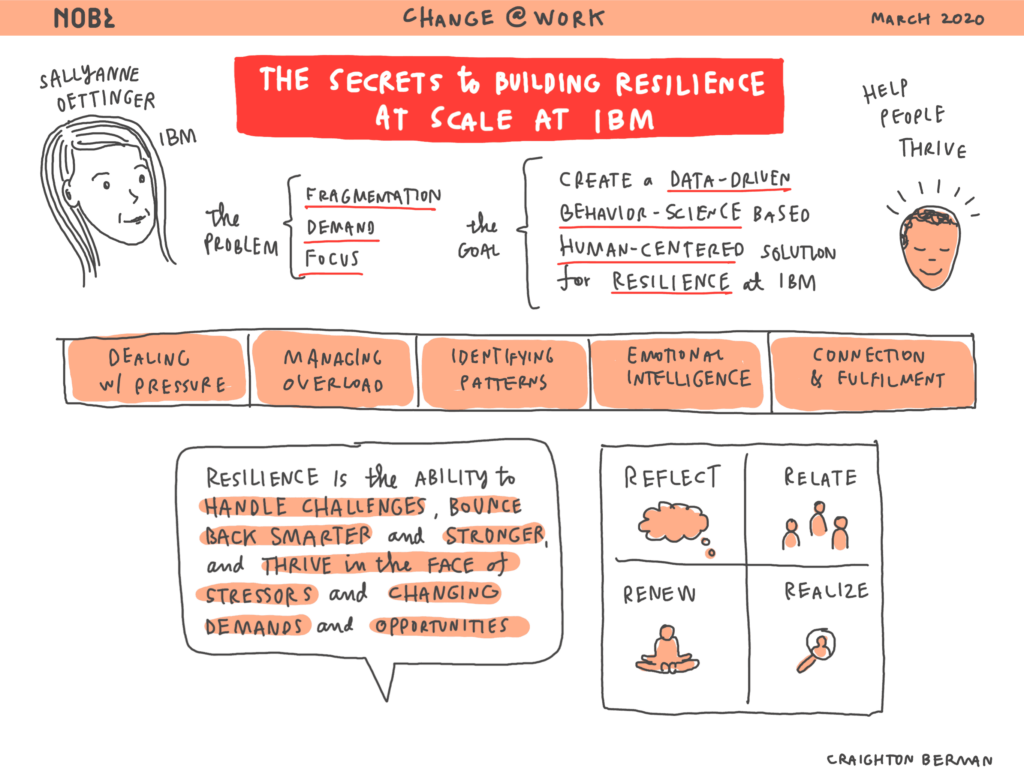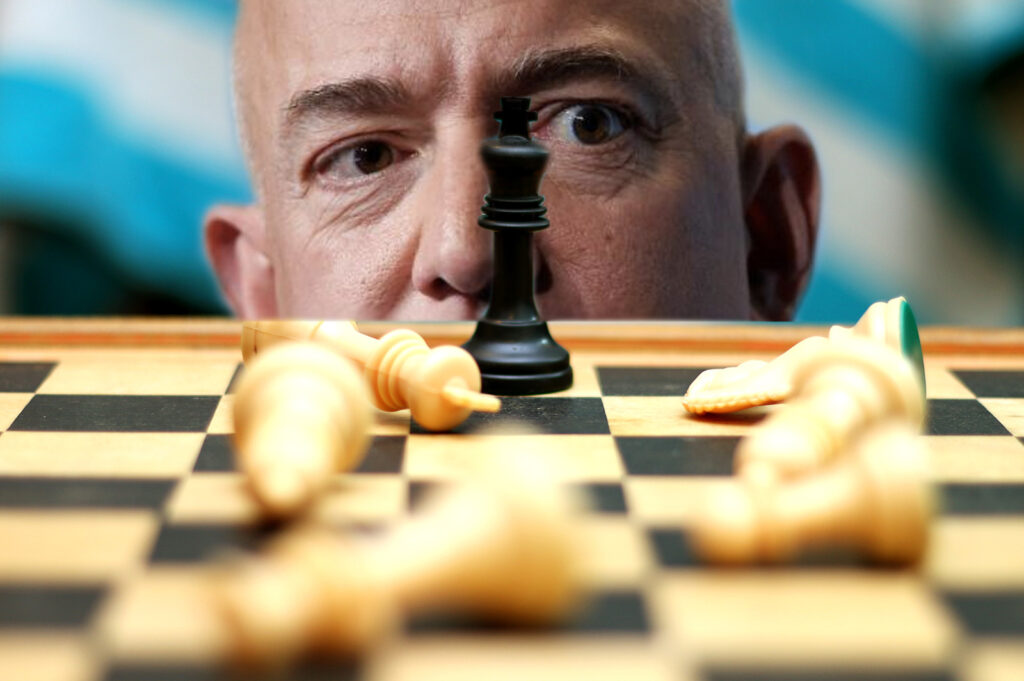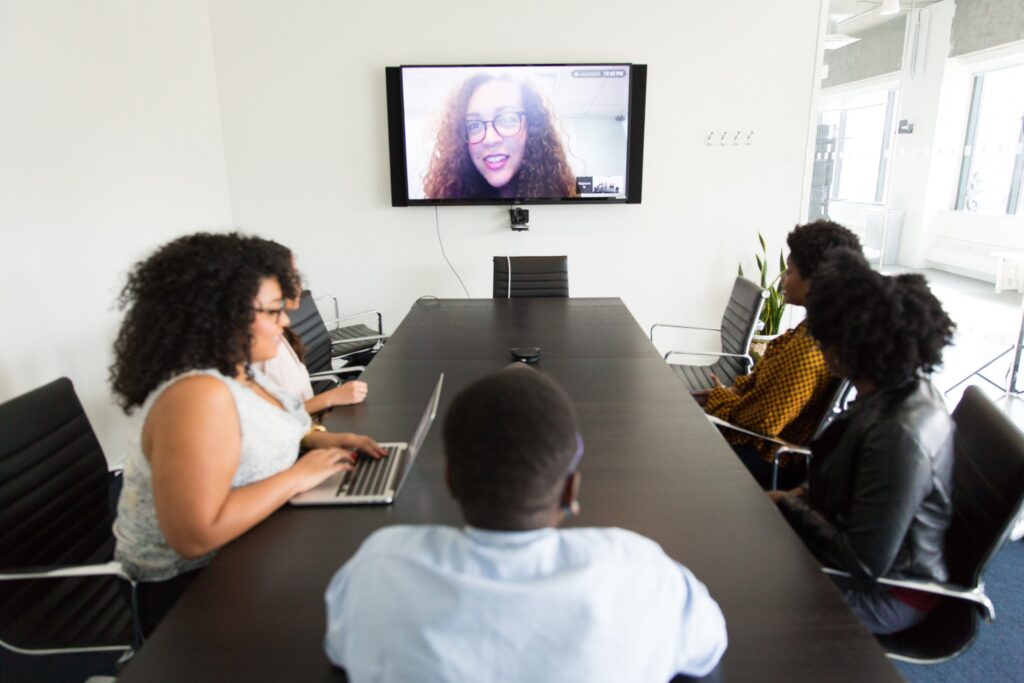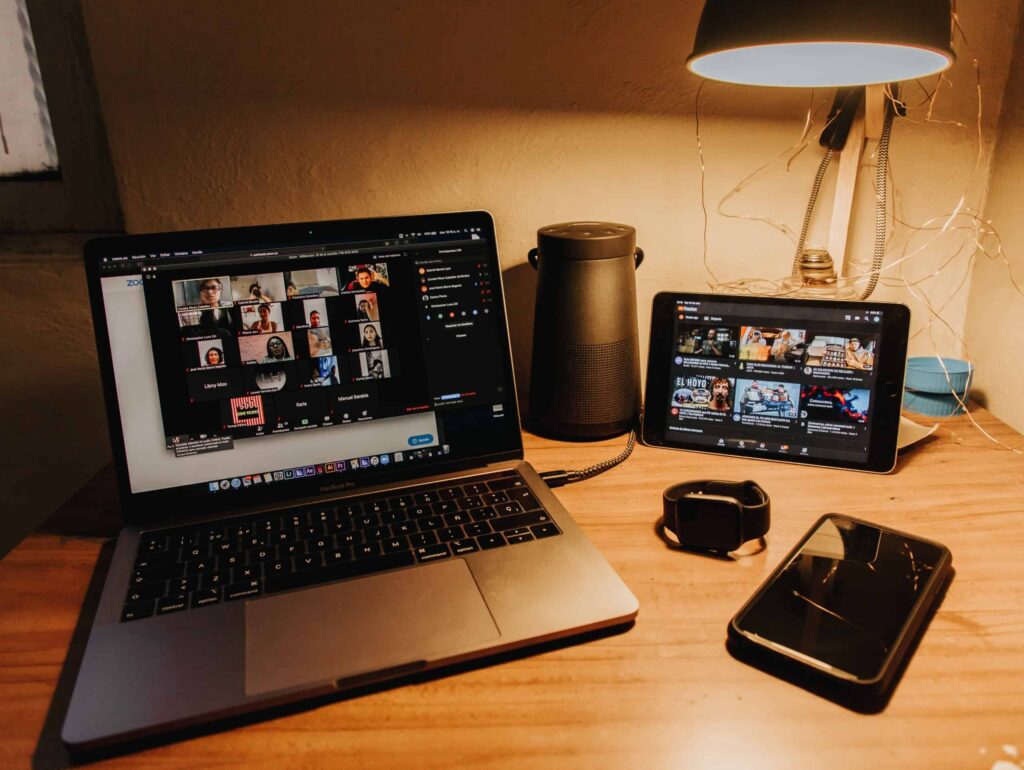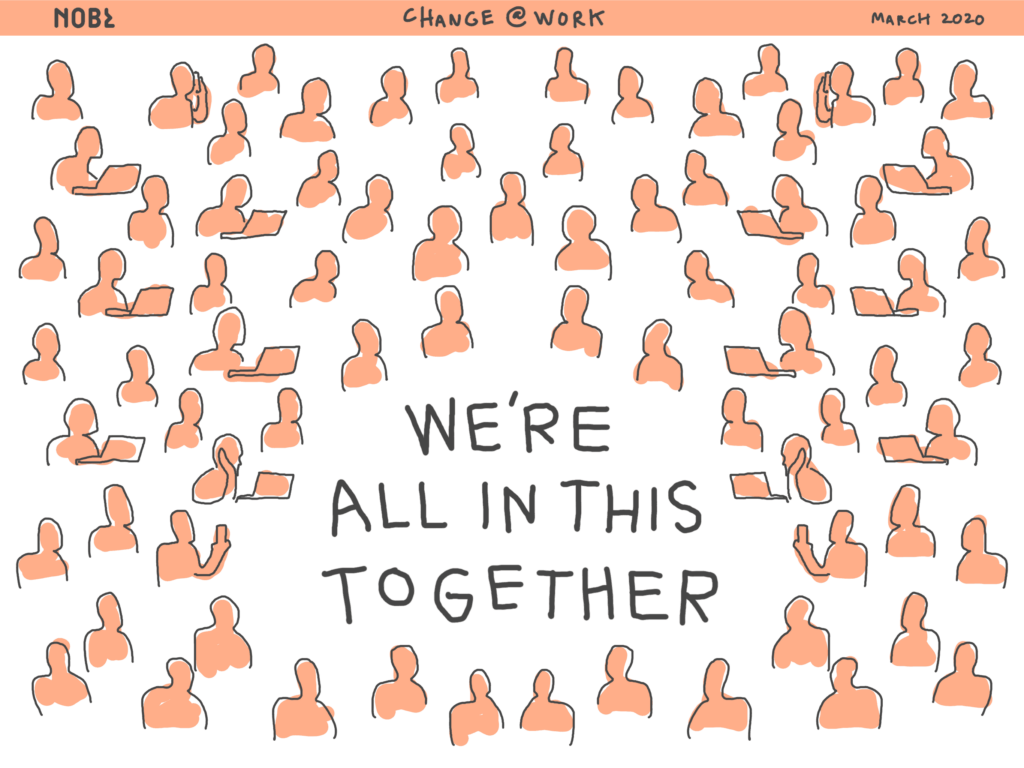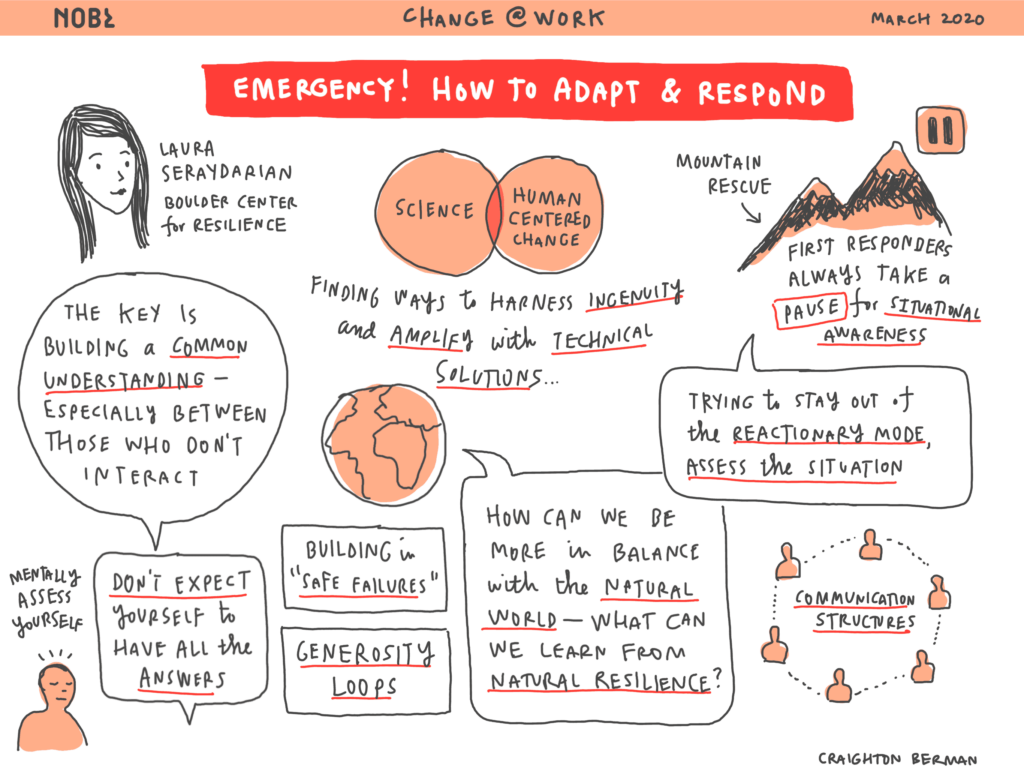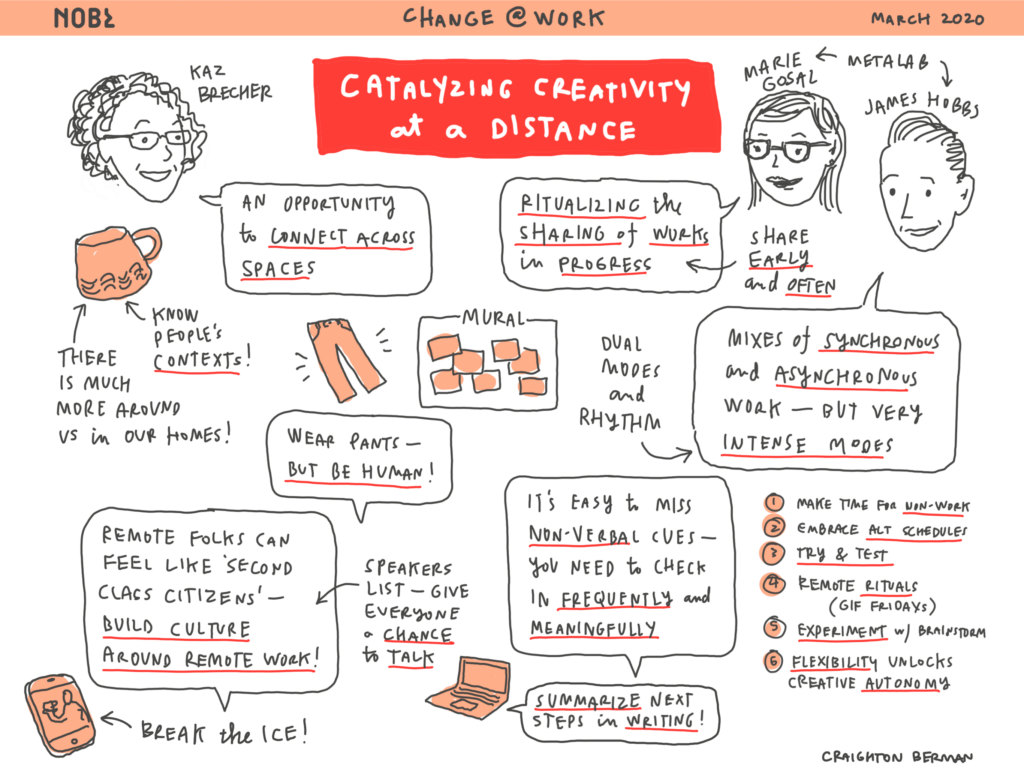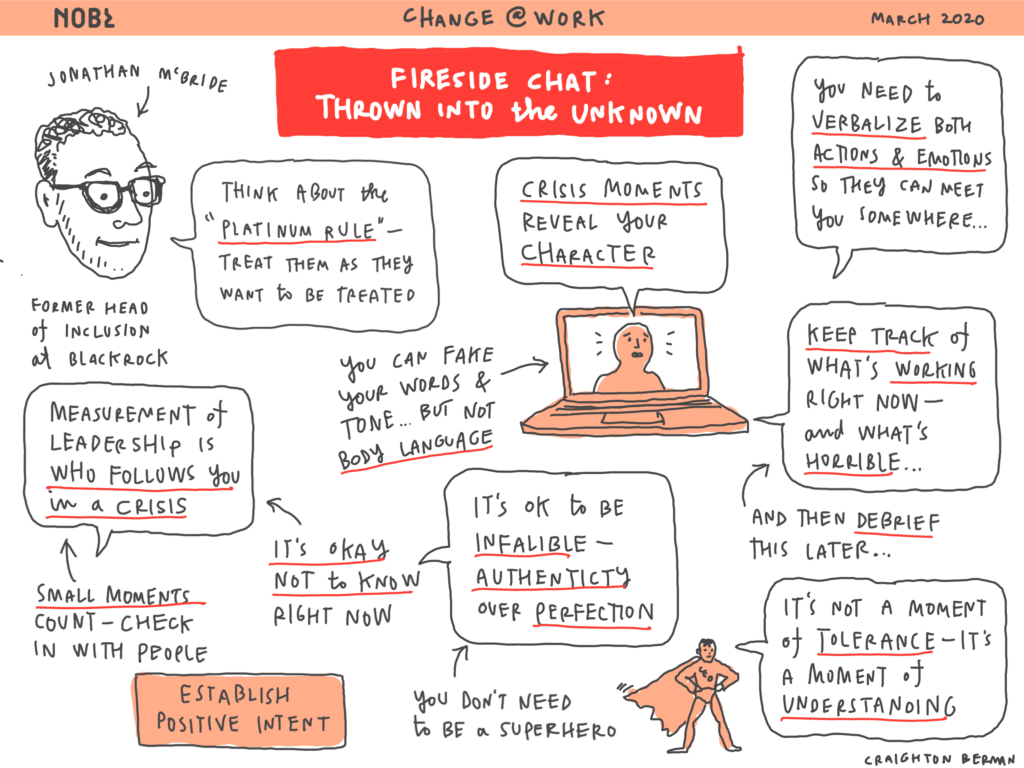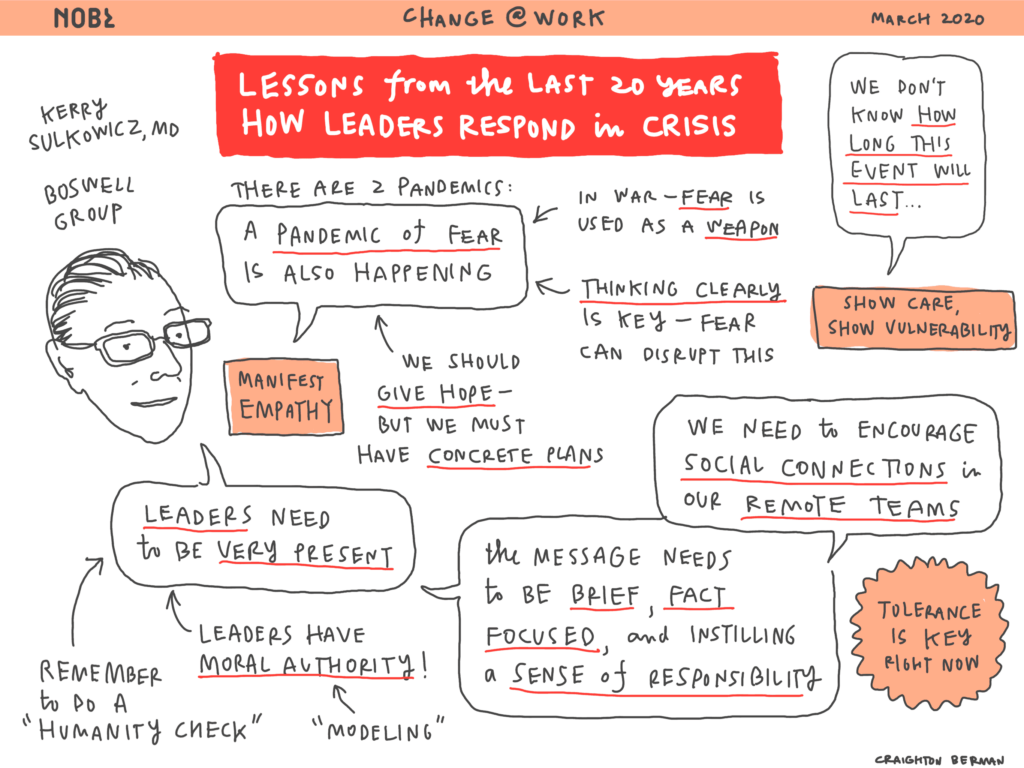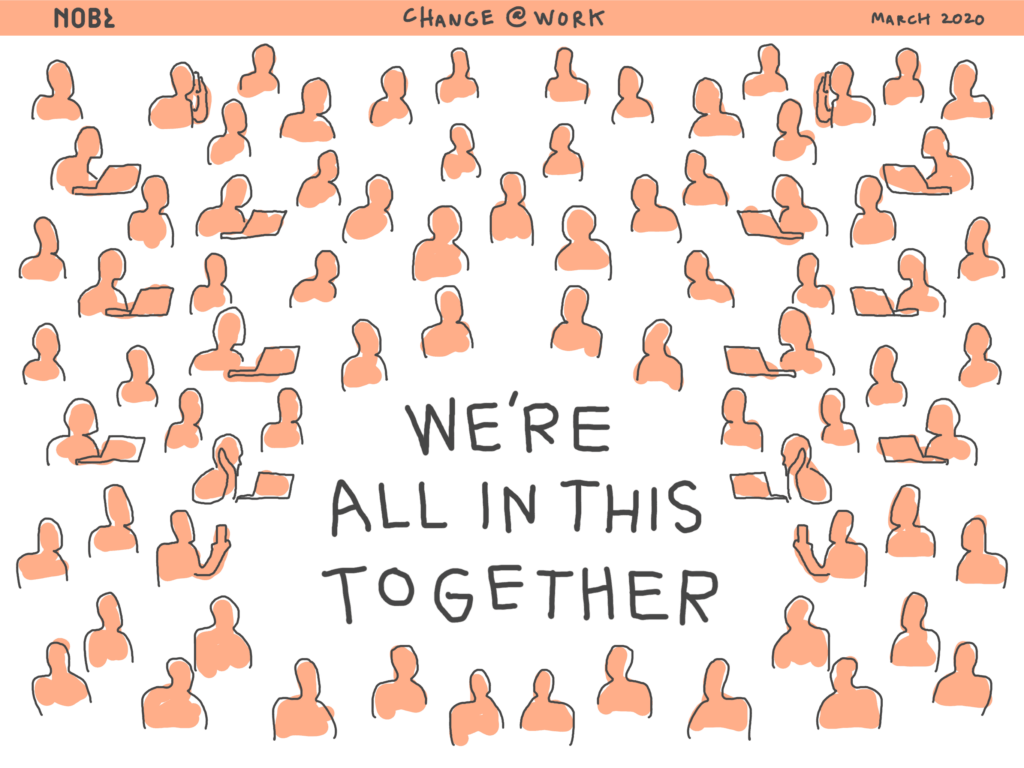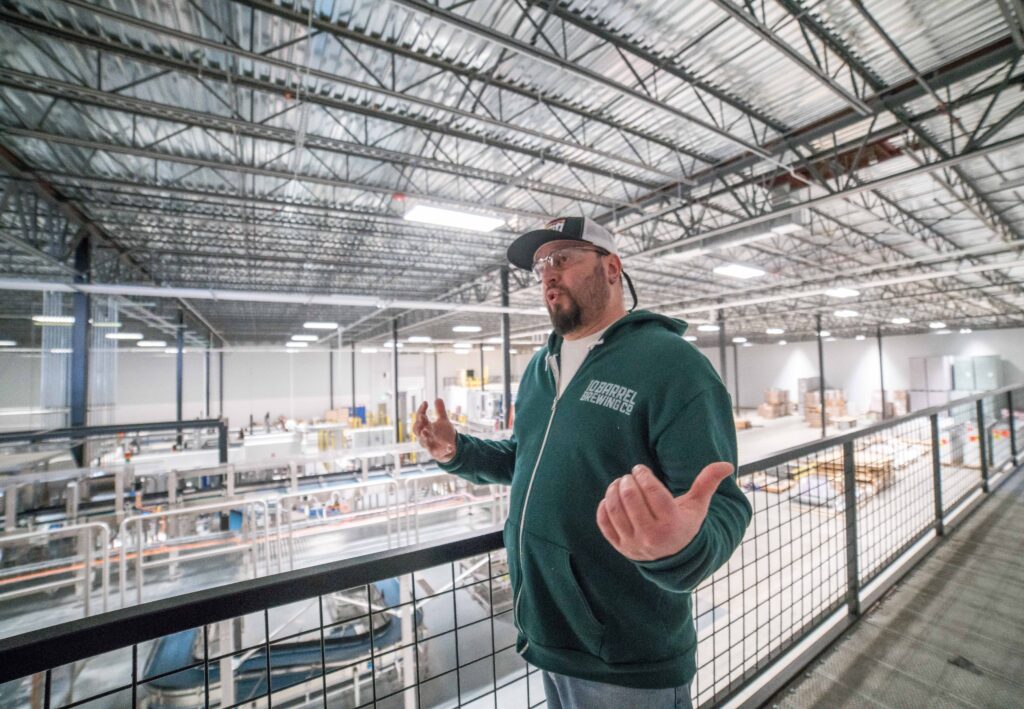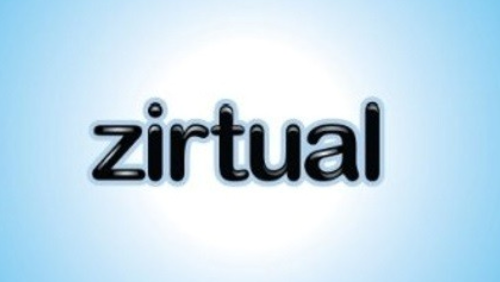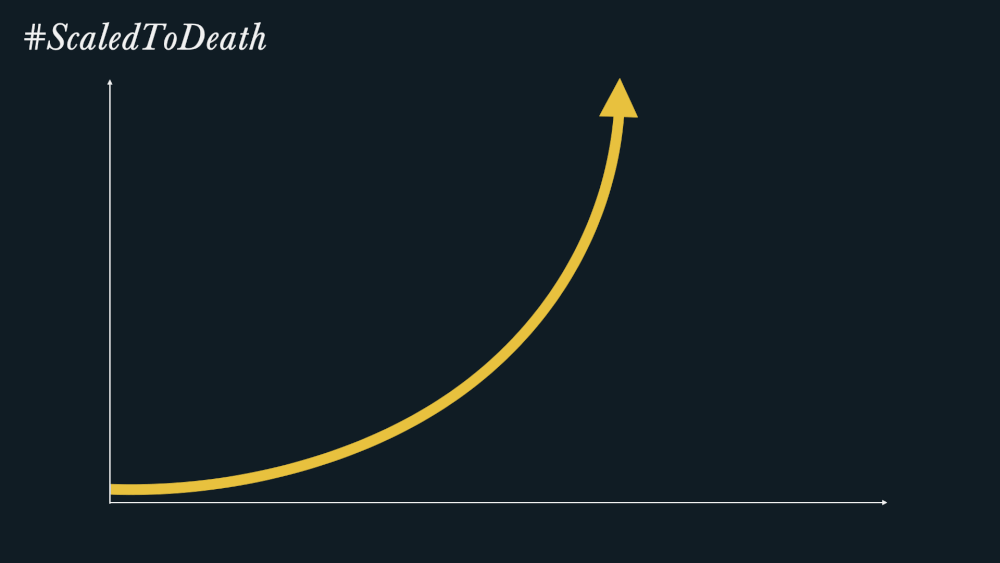Team building
Building trust on teams requires leaders to understand what influences people's willingness to trust, as well as what makes leaders trustworthy
Change can be disruptive and uncomfortable, so it’s no wonder leaders often ask us how they can help their teams become more resilient. You might think the best way to get a resilient team is to select for resilient people—those who are strong or stoic or mindful, who laugh in the face of danger. But according to some of the most recent scholarly research, it’s better to think of team resilience as a dynamic property of the team as a whole.
Teams have a different experience of change than their leaders—but with a little advanced planning, you can address the most common reactions
Five core elements will determine how your team is structured and how they approach the work.
Getting to know your team requires intention, time, and flexibility—especially in a virtual workplace
Listening is how employees evaluate their leaders— "Do you value my concerns? Are you open to changing how we work?"
To better adapt after an adverse experience, invest time now in fostering trust and positive shared experiences with your team
Establish a framework and start small to see big results
In any team environment, it’s never just as straightforward as saying “yes” or “no” to a proposal—there’s a political aspect to being perceived as an optimist or pessimist.
Creating a high-performing, creative team is challenging enough—but how do you foster a sense of teamwork when your team isn’t even in the same timezone?
Adopting new behaviors can be challenging, but a simple thing like a checklist can help you transform a need for change into a concrete, repeatable new behavior.
If a complex financial institution can transform itself with a willingness to actually listen, there’s hope for other industries as well. The lessons Capital One has learned are to encourage teams to talk directly to customers and to adopt a bias towards action and experimentation.
We need ambitious, empathetic leaders involved in office politics—because the alternative is worse
Change your organization's approach to strategic planning by learning from Amazon
Why up to 75% of organizations fail to implement their strategic plans—and what you must change to help yours succeed
The early stages of transformation are fraught with conflicting signals and feelings, but within that turmoil lies an opportunity for profound self-reflection and growth
The biggest threat cynicism poses is that it becomes a self-fulfilling prophecy: if people are convinced change can't happen, it won't
If you can’t get your most experienced leaders aligned on a change, what hope does the rest of the organization have?
Influence is part of leading—and if you don’t do it, others will.
This often misunderstood concept is critical for navigating disruption and uncertainty
Cultures that avoid conflict lead to both individual and collective detriment—change can only come when issues are out in the open.
Use the SCARF model to diagnose why even asked-for changes are being undercut
Uncertainty and continuous change mean a new approach to business transformation is required for organizations to survive in the 21st century
If your organization is going through rapid change, you need change co-pilots and champions at every level of the organization
Leaders are understandably concerned about the impact of remote work and hybrid work on company culture: how will new employees learn established ways of working if they’re not sitting next to each other? How can you foster loose ties between employees if they’re no longer running into each other in the office? And how can […]
As leaders, we must coach our teams through the stress and uncertainty while grappling with those same issues ourselves.
Trust can be repaired, but it's not easy—and there's no one process for every scenario. We examine different methods for rebuilding relationships with your team based on Nonviolent Communication, Restorative Justice, and other established practices.
Organizations need a modern approach to long-term strategic planning: one that increases agility and endurance for ongoing change
Leaders evaluating the return to the offices face a lot of unanswered questions—so we've put together a list of all our articles on hybrid work
Aside from manual transactions, teams should work in person when tasks are novel, experiential, or collaborative
Stay focused on what you can impact and actively manage the attention you spend on what you can't control
If we want to build back better and foster greater organizational resilience, we must first define what “better” means, for whom the changes are meant, and how to begin.
To survive this prolonged period of psychological, physical, and financial stress, organizations must rebuild reserves and reduce complexity.
Prioritization frameworks have limited effectiveness when they don't account for categories and allocation
To feel like you're making progress, it's easy to focus on getting tasks done—regardless of whether they're important or trivial. Make sure you're spending your energy on what will make the greatest impact.
Company culture can't be reduced to ping pong tables, but it does have a physical component. Implement these practices to maintain a strong culture even when working virtually.
Experts weighed in on navigating uncertainty and best practices for remote work at the beginning of the pandemic
When in a crisis situation, take a moment to assess—and think about how you want to emerge from the situation
Remote teams often struggle with creativity—but implementing some simple routines and tools can support their best work
To former Head of Inclusion and Diversity Jonathan McBride, crises can actually be freeing—it's no longer "business as usual"
To effectively lead, executives must first address the real pandemic: fear.
Authenticity, generosity, and community are critical in a crisis.
Big consulting is taking a beating these days in culture. And, frankly, it’s long overdue.
To solve complex problems, start with the simplest solution and make it "safe to try"
The interviews are done, the offer letter signed—you can’t wait to start your first day as the new leader of a team. But before you charge in with your undoubtedly brilliant plan, have you reflected on how to best introduce yourself to the team?
If one of your customers came to work at your company for a day, would they be excited to see how the brand lives out its values? Or would they be shocked to see a team completely at odds with what the brand represents?
Business, any business, is just the commercialization of human relationships. Yes, you’re building a product, but you’re actually foremost building a group of people that can work together to produce a product.
Think about an upcoming deadline at work that you’re 90% certain you’ll hit on time, or a recent budget estimate that you’re 90% sure about. The likelihood that you’re right about either is actually closer to 50%. It’s not exactly the model of decisive leadership that we all like to envision as leaders of high-performing teams.
Employee burnout can lead to underperformance. If you spot signs of burnout in your employees, try identifying new ways to re-energize and motivate the employee—especially if that employee is you!
In the 1970s, MIT Professor Thomas Allen discovered that the farther apart workspaces are, the less communication there is between them: "we are four times as likely to communicate regularly with someone sitting six feet away from us as with someone 60 feet away, and we almost never communicate with colleagues on separate floors or in separate buildings." But thanks to email and other modern technology, physical separation isn’t a problem anymore, right?
Org Design services may seem costly now, but without a focus on how your teams work best together, the results may ultimately be far more expensive. Moreover, now is an opportunity to hone OD as a competitive advantage in your market while your competitors are unaware of the opportunities and still question the returns.
Gather your leadership team together and run a diagnostic test of your company’s innovation goals and needs before establishing an innovation outpost.
Conflict in the workplace often arises from misunderstanding and can be addressed with overcommunication. While these five exercises are great for a new team just starting to work together, established teams can also benefit from taking a step back to consider how they're working with others.
If you set out to make the most robust thing you can imagine, it will take you a long time before you create value for your customer or gain any learnings for yourself. Instead, focus your team on something you can make quickly that will provide an opportunity to gain real feedback. At the start of every new project, ask your team: "What's our skateboard?"
Feedback is not a tool for criticism or correction. And it’s not an excuse to run around telling people to change because we think they should. It is a tool to help us all see ourselves more clearly, which in turn helps us all learn and grow together.
If you're like most knowledge workers, you toil nights, weekends, early mornings, in the shower, on your commute, and even in your sleep. Mathematically speaking, you can’t work any harder.
On August 10th, 2015, Maren Kate Donovan, the CEO and Founder of Zirtual, sent an email to her employees stating that, sadly, Zirtual was defunct. Up until receiving that email, no one had any idea that anything was wrong. “I really believed Zirtual was different and I feel betrayed to be dropped so suddenly.” — […]
For this year’s SXSW V2V conference in Las Vegas, we wanted to share why startups fail even after they’ve found product market fit. Drawing from our own clients and researching more than 40 firms that had either scaled woefully or gracefully, we’ve distilled the most frequent pitfalls into 6 categories:
The fundamentals of starting a major transformation in six months
Each model has its own value and strengths, but they also contain assumptions that don’t reflect the true nature of organizational and cultural change.







